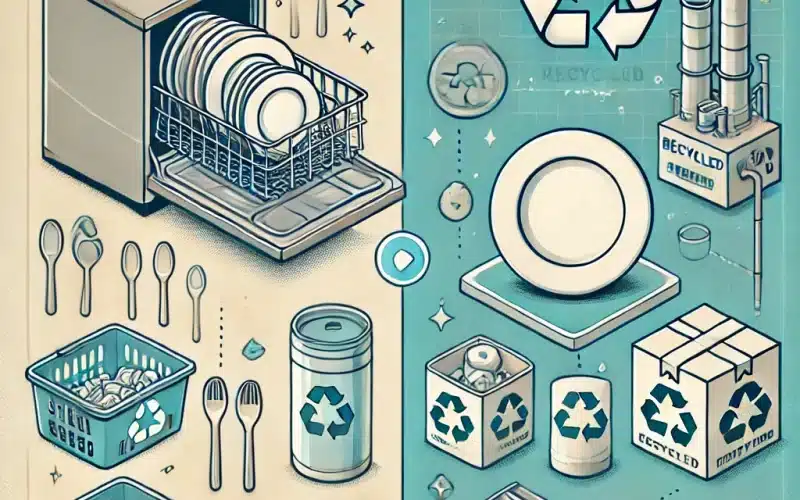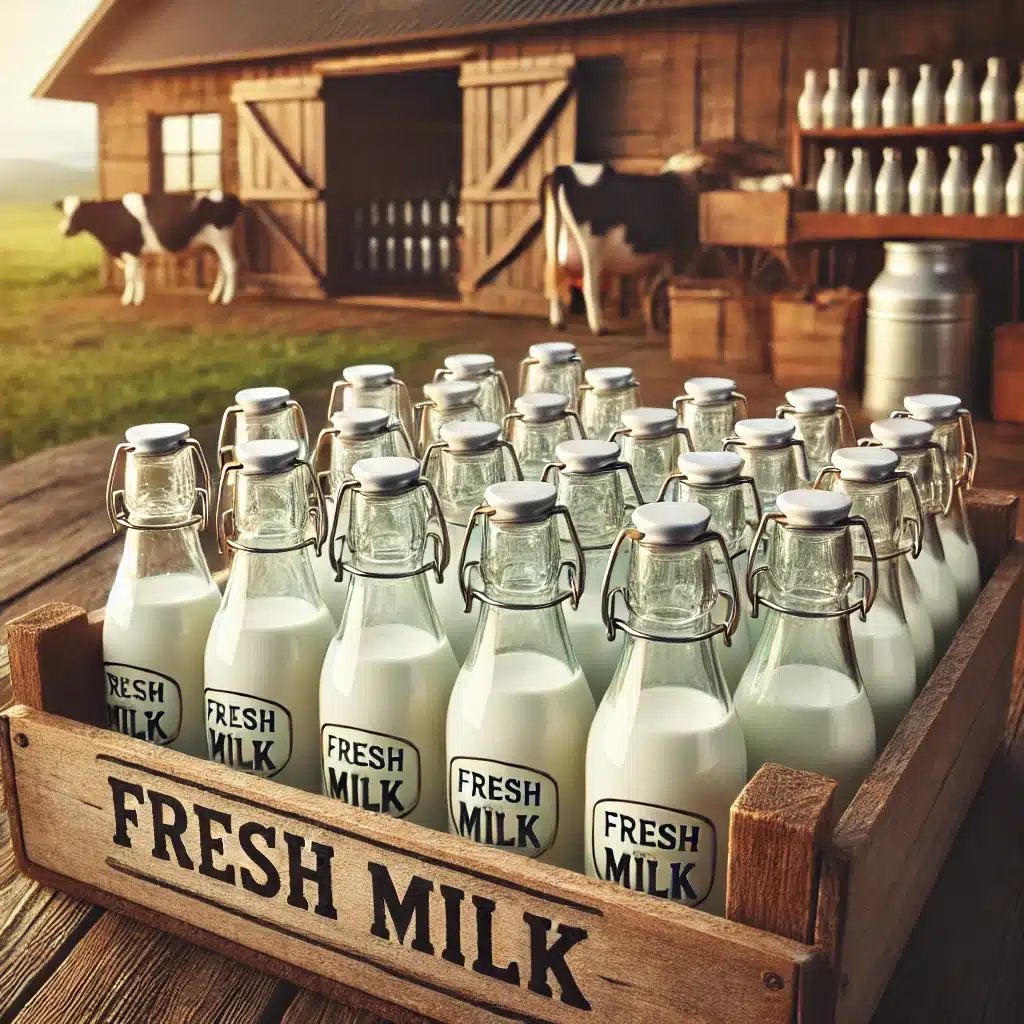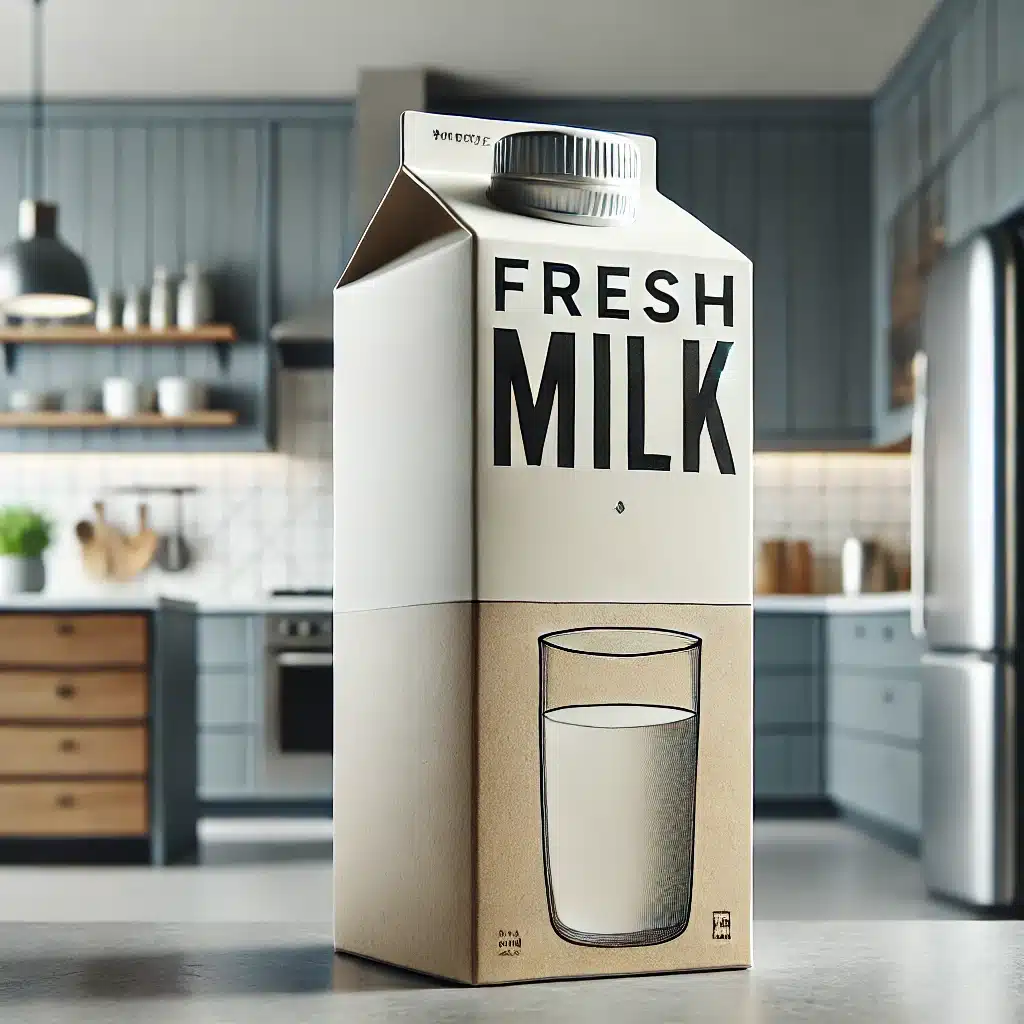
Sometimes, a tweet conveys more than a lengthy text. The following tweet on X compares the sustainability of traditional plates and recycled carton plates, showing that traditional plates are more sustainable.
Interestingly, this tweet came from Environmental Paper Network (@WhatsNYourPapr), an organization that unites hundreds of NGOs globally to advocate for environmental and social responsibility in the pulp, paper, and biomass industries.
Let’s stop talking about whether we need systems for reusable #packaging, and start talking about how to make those systems work. #rEUse #Circulareconomy #ZeroWaste @Fern_NGO @RethinkPlastic @Green_Europe @envirobuzz @guardianeco
— Environmental Paper Network (@WhatsNYourPapr) July 10, 2023
Pls share our video. pic.twitter.com/fKETwYwxpf
In this tweet, EPN candidly critiques the flaws within their own industry, and we could we even say it critiques Greenwashing. You can see two videos, one (on the left) where traditional plates are used, and one (on the right) where recycled carton plates are used. While the traditional plates go in the dishwasher after eating, the recycled plate goes through a ton of manipulations, from the collection of the wastebags, to the transport to the landfill and the recycling of the goods via all kind of procedures. Recycled yes, but sustainable? Not so much.
In a reaction the organization says this: “Europe has a packaging waste problem. And paper-based packaging is a big part of it. From 2012 to 2020, annual paper packaging waste in the EU rose 10kg per person, reaching 73kg of paper packaging waste per person in the EU. This is heavier than the average adult European. But while individual choices matter, most of us don’t have much control over the containers or wrapping that hold and protect our purchases. Even in industries where reuse systems used to be the norm, throwaway packaging is becoming the default. Let’s stop talking about whether we need reuse systems for packaging, and start talking about how to make those systems work.”
Why Reusable Is Better Than Recycled
Historically, industries like milk delivery and beverage distribution relied heavily on reusable glass bottles and crates. However, the convenience and low cost of single-use plastics and other disposable materials have led to a decline in these practices. The environmental impact of throwaway packaging is significant, contributing to pollution and resource depletion.


Let’s have a closer look at the example given in the tweet and see why traditional plates can be more sustainable than recycled carton plates. Traditional plates can be more sustainable than recycled carton plates for several reasons.
One of the key factors is their longevity and reusability. Made from durable materials such as ceramic, glass, and porcelain, traditional plates can last for many years or even decades. This long lifespan means that the energy and resources used in their production are spread out over many years, leading to a lower overall resource footprint. These plates are designed for repeated use, reducing the need for frequent replacement and thus contributing to significant environmental savings.
In terms of resource consumption, while the initial production of traditional plates is energy-intensive, it is a one-time process for each plate. This contrasts with the continuous production required for single-use items like recycled carton plates. Traditional plates are often made from sustainably sourced raw materials, particularly ceramic and glass, further enhancing their sustainability profile.
Waste reduction is another significant advantage of traditional plates. Because they are reused over many years, they generate significantly less waste compared to disposable alternatives. When traditional plates eventually break or wear out, materials like ceramic and glass can often be recycled, further reducing their environmental impact.
Maintenance and care of traditional plates also contribute to their sustainability. Modern dishwashers are designed to be energy and water-efficient, making the cleaning process environmentally friendly. Additionally, small chips and cracks in these plates can sometimes be repaired, extending their usable life even further.
Comparison with Recycled
We go back to our recycled carton plates who are typically designed for single-use, leading to continuous consumption and disposal. Although they are made from recycled materials, their production still consumes energy and water and involves transportation emissions. The high turnover rate of these plates increases production demand, contributing to their overall environmental impact.
Furthermore, while recycled carton plates are often marketed as compostable, they require specific conditions to decompose efficiently. These conditions are not always available, and if the plates are not disposed of properly, they can end up in landfills where they may not break down as intended. This can contribute to waste management challenges and environmental degradation.
Embrace Reuse Systems in Packaging
Traditional plates offer greater sustainability through their durability, reusability, and lower long-term environmental impact. They reduce the need for constant production and disposal, minimizing resource consumption and waste generation. While recycled carton plates are beneficial for short-term and specific uses, they cannot match the long-term sustainability benefits of traditional plates.
In short, the conversation must shift from “if” we need reuse systems to “how” we can make them work. By focusing on practical solutions and leveraging technology, infrastructure, and consumer engagement, we can transition back to sustainable practices that benefit both the environment and the economy.
Or to quote Environmental Paper Network: “Let’s stop talking about whether we need reuse systems for packaging, and start talking about how to make those systems work.”
